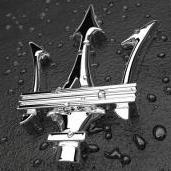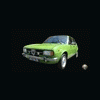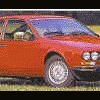Honda Civic 2011
quanto ti piace la nuova Honda Civic 2011?
143 voti
-
1. quanto ti piace la nuova Honda Civic 2011?
-
• Molto14
-
• Abbastanza29
-
• Poco44
-
• Per niente56
-
- Si prega di accedere o registrarsi per votare a questo sondaggio.








.thumb.jpg.46228d717c405acd43b45b79fddce6a4.jpg)










.thumb.jpg.902d2a4f20a129e92b6f6920407b81bd.jpg)






Messaggi Raccomandati:
Crea un account o accedi per lasciare un commento
Devi essere iscritto per commentare e visualizzare le sezioni protette!
Crea un account
Iscriviti nella nostra community. È facile!
Registra un nuovo accountAccedi
Sei già registrato? Accedi qui.
Accedi Ora